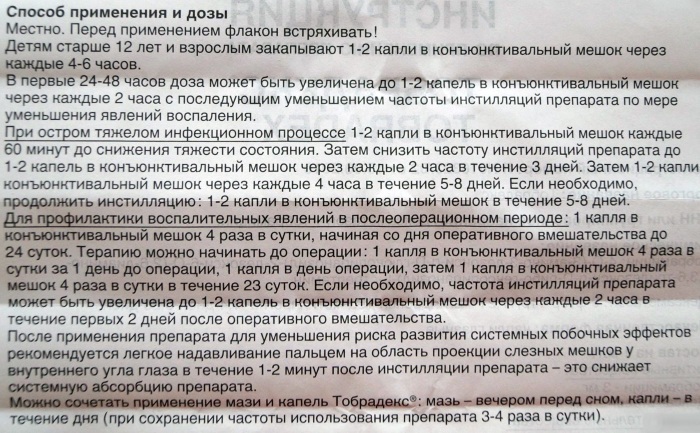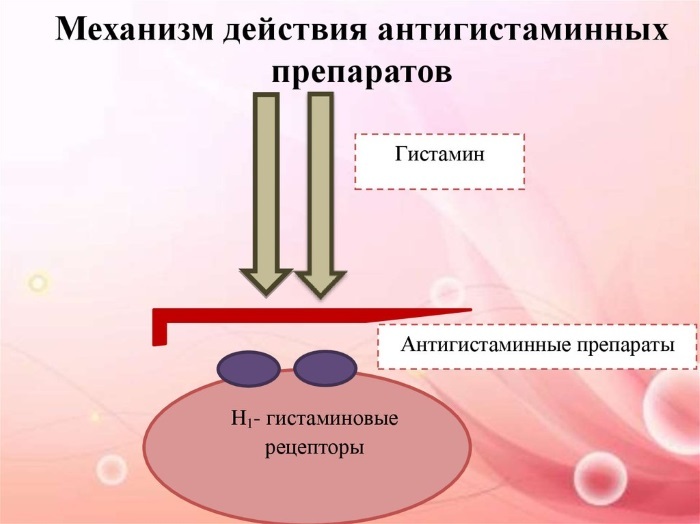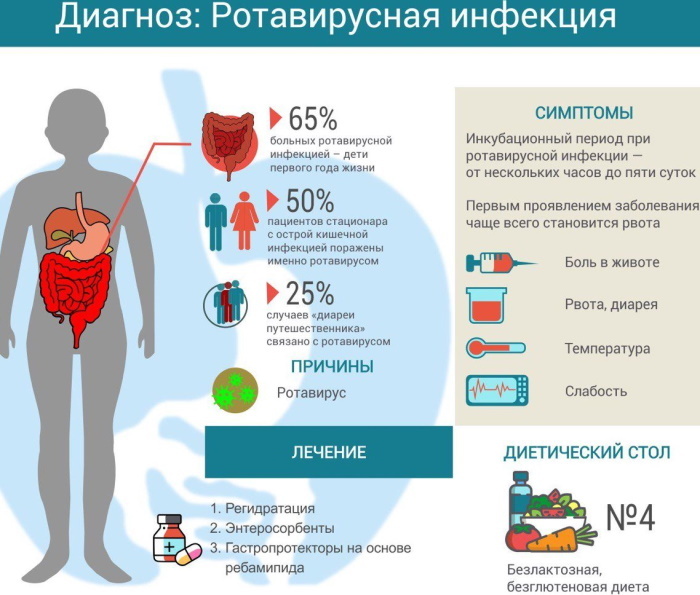Content
- Definition
- Classification
- Ernst Weber
- Hermann Gemholtz
- Modern classification
- According to Schiffman
- Characteristics and properties
- Color synesthesia
- Object agnosia
- Representative system
- Functions and role
- Forms of manifestations
- Psychological theories and schools
- Video about modality in psychology
The concept of "modality" was put forward by Hermann Gemholtz, who lived in the 19th century. However, for the first time, research on the subject modalities are sensations - were carried out much earlier and do not have an exact date. The origins of the psychology of perception lie in the science of philosophy.
Definition
Modality was considered by Aristotle, E. Weber, I. NS. Pavlov and others. Their research was based on the concept of a stimulus acting on the human body, directly on the sense organs, and the reaction that occurs in the body in response to the stimulus.
This view of sensation - as the perception of an individual property or characteristic of an object by analyzers, regardless of consciousness, is actually wrong. The mechanistic theory of man, personality as, first of all, an organism and a descendant of an animal, has become outdated due to subsequent research.
The psychology of perception took as a basis not the type of stimulus and not the specifics of the perceiving analyzer, as well as directly took into account the refraction through the personality of the subject - his psychological attitudes, qualities, constant properties.
Modality is a kind, a kind of perceived information. For example, this article can be presented in the form of text, but it can also be listened to as an audio recording or podcast. Depending on the type of perceived information, i.e. stimulus, the way of perception changes.
Thus, modality is not “what” it perceives, but “how”. For example, you can smell iron, you can taste iron, or you can feel the cold touch of metal.
In the definition of the term "modality" the concepts of "perception" and "sensation" also play a role. In such a ratio that modality determines what kind of sensation arises. In turn, a holistic perception is generated from the totality of sensations.

Sensation is the process of reflecting the properties of objects and phenomena with direct influence on receptors (sense organs). Teryokhin V. BUT. emphasizes that sensation is not a result, but an active process. Sensation can be subjective due to the peculiarities of the psyche, structure or deformation of the perceiving organs (receptors), social and psychological attitudes. The difference between sensation and perception is that sensation is a reflection of partial properties and characteristics.
Perception is the reflection in the human mind of the selected images of objects, phenomena, as integral and indivisible images that have a certain meaning, carry a certain meaning. This process is as active as sensation. Unlike sensations, in the process of perception, the result (product) is a perceptual (sensory) holistic image of an object or object. Otherwise, in psychology, it is called the "image of perception."
Sensation and perception are inextricably linked and are generated in a single sensory-perceptual system. The discovery of organs that perceive stimuli belongs to the Russian physiologist and psychologist Ivan Petrovich Pavlov. Analyzers are a necessary condition for perception, since stimuli themselves do not carry any information.
Modality is a property of sensations in psychology. It is a stable property, not a characteristic that can be situationally inherent. Modality determines the receptor that receives the impulse and the subsequent behavior of the individual.
Classification
The first attempt to classify sensation by modality was made by Aristotle around 384-322. BC NS. His classification formed the basis for the study of human sensations, perceptions and modalities and has been used by other researchers.
He identified only 5 types of sensations, depending on their modality:
- Visual.
- Auditory.
- Olfactory.
- Tactile.
- Flavoring.
Ernst Weber
German psychophysiologist Ernst Weber (1795 - 1878) decided to supplement Aristotle's classification. Ernst proposed to divide the general sense of touch into the sense of mass (weight), touch (tactile sensitivity) and temperature. He added “general sensations,” which included sensations of pain, balance, movement, and visceral (ie, visceral sensation).
Hermann Gemholtz
Despite the fact that previous studies, in general, already relied on a common understanding of modality, only in the 19th century. German physiologist and psychologist Hermann Gemholtz (1821-1894) proposed the term "modality", which could further improve the classification of sensitivity. He owns the theory that all sensations are classified by fashions.
Modern classification
The modern concept of modality is classified according to the type of perceived stimulus. They can be sounds, smells, light and touch.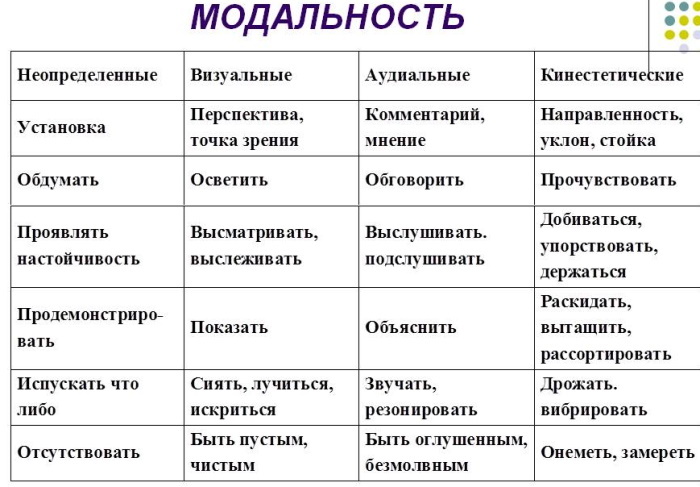
| View | Receptors | Excitation condition | Function |
| Mechanoreceptors | Vestibular, gravitational, phonoreceptors, tactile, baroreceptors. | Deformation, mechanical stress. The response is similar to pain receptors. | They perform the function of orientation in space, coordination of movements, movement. |
| Chemoreceptors | Receptors of taste, smell, located in blood vessels and tissues. | Exposure to chemicals. Moreover, not only active (ingestion of a harmful substance into the blood), but also passive (there are always no foreign useful chemical compounds necessary for functioning: vitamins, proteins, oxygen, etc. etc.) | Analysis of homeostatic equilibrium: the content of certain substances in the blood and cytoplasm of cells. The information received is consistent with the "higher" centers of the brain, which are responsible for the regulation of the secretion of a substance (for example, a hormone). Thus, self-regulation of homeostasis is provided by: 1. Excitation of chemoreceptors. 2. Transfer of the received information to the cortical structures. 3. Analysis of information received by chemoreceptors about the content of substances in the body (liquid medium), comparison with reference (necessary, normal) values. 4. Formation of commands to the glands (increase / decrease secretion). 5. Re-analysis by chemoreceptors for verification. |
| Thermoreceptors | Located in blood vessels and tissues, the brain (hypothalamus). Thermal. | They are excited at low temperatures (no heat) and high temperatures (values close to or higher than body temperature). The starting point for perception of thermoreceptors is 36 degrees. This temperature is practically not perceived. Thus, thermoreceptors perceive not so much the temperature itself as the difference between the temperature of the environment and the internal environment of the body. |
Directly involved in the process of thermoregulation of the body. It is known that many substances (such as some protein compounds in the blood) are deformed or become ineffective at certain temperatures. At low temperatures, such physiological, mental and behavioral reactions occur as:
At high temperatures, the following reactions appear:
|
| Photoreceptors | Retina (rods, cones). | The effect of light rays on the retina. | About 95-98% of the information perceived by a person is assigned to visual perception. In the modern world, the value of visual information is even higher, since the main sources of speech modality are words written in textbooks, posters, screens. The relevance of visual information is determined by the need for communication and the importance of perception of speech impulses. Apart from speech, the main functions of perception by photoreceptors are:
It is important to understand that even visual perception is highly subjective. It cannot be fully asserted that some object is closer, and some further; that some object is of one color, and the second is of a different color. Visual perception is completed by cortical structures both with the help of the laws of perception (described in Gestalt psychology) and with the help of attitudes and associations. |
| Pain receptors (nociceptors) | Nerve endings. They are located in different organs. | Harmful chemicals, thermal and mechanical (intense) irritants. | Determine the survival of the organism. They perceive not only life-threatening impacts, but also potentially threatening ones. So, for example, there may be either a complete loss of pain sensitivity, or its exacerbation. It is known that people have different pain thresholds. The information received by nociceptors about a potential threat to the body forms behavior of the "run or attack" type. |
According to Schiffman
Speech sensory modality is specially designed for the perception and processing of incoming information in the form of syllables, words, sentences and their totality. Schiffman defines it as a speech module that identifies sounds in speech images.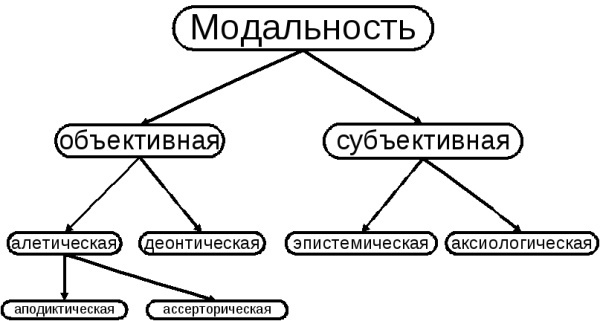
Modality is, in the psychology of perception, a kind, a kind of perceived information.
Adjacent to the olfactory modality (perception of smell, volatile odorants) is the vomeronasal system. Schiffman explains it as a modality, the specificity of the perception of which are large molecules that cause sensations only in the case of direct physical contact.
Most animals are above the hard palate. The discovery of the system in 1703 belongs to Frederick Reuss, the Dutch anatomist. Another function of the vomeronasal system is the perception of pheromones - odorous substances produced by the glands of other organisms.
As a hypothetical modality, psychologists have put forward the so-called "cognitive timer", the function of which is to perceive time. The specificity of modality in connection with its attention and temporal information, as well as the integration of the obtained data with consciousness.
Characteristics and properties
One modality can be mixed with others. This ability is called synesthesia. The term comes from the Greek word "synaisthesis", which means "sympathy" in translation. The phenomenon is that stimuli directed to one modality (for example, auditory impulses) are able to stimulate another modality, cause other sensory sensations (for example, taste).
Lawrence Marks 1975-1978 experimentally proved that some taste sensations (bitter, sweet) can cause tactile sensations outside the mouth (neck, chest, arms). In addition, certain sounds can stimulate gustatory and visual sensors.
Color synesthesia
Schiffman emphasizes the peculiarity of color synesthesia. Its manifestation can be observed when, when exposed to certain sounds, both auditory, that is, auditory, and visual sensory reactions occur. It is noteworthy that women are more prone to synesthesia than men.
Object agnosia
Modality is characterized by “subject agnosia”. This term means that the object perceived by the sense organs in the external space corresponds to the modality, that is, it is "adequate for the given modality."
Perception is characterized by "cognitive distortions", which are mostly found during visual sensations. Distortion can include irregular shape, size, color detection, and other errors.
Representative system
"Representative system" refers to modalities that are predominantly used by the individual. For example, there are people who tend to memorize visual images. Or, on the contrary, those who perceive better by ear. The existence of a representational system is confirmed by authors such as J. McBee, R. F. Pucelika and others. Most argue that the system is an innate formation.
In turn, the representational system of perception is classified as follows:
- Visual. Most people receive information through visual channels. These are visual images, observation, contemplation of an object.
- Auditory. Perception of auditory information. Audial people receive predominantly information through the auditory canal. It is more convenient for them to hear information than to see or feel.
- Kinesthetic. Cognition through active motor activity. This is teaching by example, teaching the correct movements through individual experience. In addition, kinesthetics tend to remember tactile information such as touch.
Functions and role
Modality is a property of perception in psychology. Therefore, the main function of modality is to adequately provide a holistic perception. This mechanism allows sorting heterogeneous information from an array of incoming homogeneous pulses. In addition, with the help of modality, a person is able to recognize different properties of the same object.
So, with the help of visual modality, the individual learns how the apple looks outwardly. He perceives a holistic image and individual details using the rays of light emitted from the fruit (color, shape, size, texture).
Taste modality allows a person to know whether the apple tastes sweet, sour, pleasant or unpleasant. Depending on the emotions received after the apple bite (pleasure or displeasure), the individual subsequently adheres to a certain pattern of behavior. For example, saliva starts to flow when it sees an apple.
The cut apple exudes a characteristic scent. With the help of chemoreception, a person is able to smell, and sometimes even taste, the fetus. Stimulation of gustatory perception without a direct effect on it of the stimulus is caused by such a phenomenon in the psychology of perception as "synesthesia". Immediately arising associations give rise to gustatory sensations at a time when only a visual or chemo stimulus acts.
A person can feel the smoothness of the skin of an apple by taking it in the palm of his hand or leaning it against another part of the body. Tactile sensitivity plays an important role in human perception, since it forms the idea of potential threat, comfort, and has the largest area of perception (almost the whole body in different degree).
Similarly with temperature: touching a cold or hot fruit, a person also activates pain, tactile, and temperature receptors.
Depending on the modality, a person perceives different characteristics of an object, forming its integral image. Based on the given example, this can be: green, small and flattened, exuding a sweetish smell, sweet and sour taste, smooth and cold apple. In the course of a mental operation, a person comes to the conclusion what kind of apple he saw.
Thus, the individual transforms the information that comes with the help of taste, sight, hearing, touch and smell into his own empirical knowledge.
Forms of manifestations
The modality also determines the "centrality" of the thalamus - this is the main subcortical node, which receives all sensory information from the senses. In the psychology of sensations, a special place is occupied by the study of the psychophysiology of the processes of perception.
The use of predominantly one modality is known in the animal kingdom and attracts interest. physiologists and, accordingly, psychologists, since nerve cells in animals and humans are practically are identical. For example, bats are capable of echolocation. Their ability indicates that hearing became the main modality of these animals during evolution.
During night flights, bats are able to avoid collisions with almost invisible obstacles: the thickness of such obstacles does not exceed 25 mm. The accuracy with which these animals hit the target - prey, is flawless, even when the target is moving at a speed of more than 40 km / h. Thus, bats have become accustomed to using specific ultrasonic pulses that are beyond the frequency of human hearing.
Orientation in space is accomplished through the perception of sounds emitted by animals, which are reflected from surrounding objects and obstacles.
Psychological theories and schools
Depending on the psychological theory, studies of modality also acquire specificity.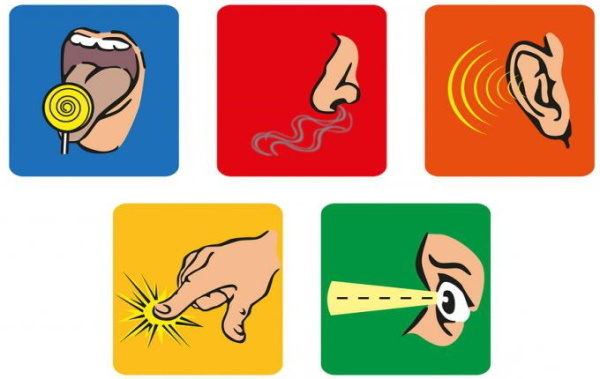
Modality is in the psychology of neurolinguistic programming (NLP) a method of cognizing the surrounding reality. NLP psychologists adhere to the position of subjectivity of perception and sensation. They NLP emphasize that one of the modalities in a person is leading. The so-called "leading representational system" is put forward, which is understood as the system most often used by a person in the process of cognition.
Psycholinguistics interprets semantic development as forming the individual consciousness of the individual. BUT. Zalevskaya confirms in her research that a word can be interpreted as a unit of mental internal vocabulary and, accordingly, as a part of a single information base.
| Direction | Representatives | Modality theory |
| Peripatetics (ancient Greek philosophy) | Aristotle. | First of all, the modality depends on the kind of perceived information. Feelings are completely dependent on the stimulus. |
| Leipig School | Ernst Heinrich Weber, Lotze Rudolf Hermann. | Modalities are differential. They depend both on the consciousness of a person and on the feelings that a particular stimulus causes, and on the kind of stimulus. |
| Berlin University | Hermann Ludwig Gemholtz, N. Schiller. | All sensations are classified by modality. In turn, submodalities are distinguished in modalities (vision: chromatic and achromatic). |
Until now, there is an active discussion about the belonging of a modality as a characteristic to an irritant (stimulus) or a receptor (analyzer). The scent of a rose itself does not carry any significant information without someone who perceives it.
Modality is a kind of specific property of any sensation and perception. In psychology, modality is viewed as a way to obtain information about the world around us. As a criterion for the classification of modality, a receptor (analyzer) is chosen, which perceives information, or the body's direct reaction to incoming impulses.
Author: Svitkevich Julia
Video about modality in psychology
Perception and sensation:

